Ancient Greece
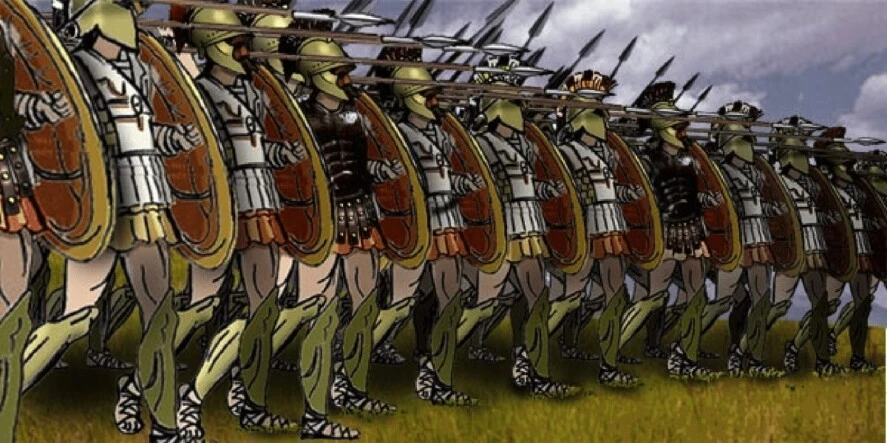
Contents
The First Greek Settlements And Cities
Greece was gradually colonised by various peoples coming on horseback, who settled there around 1200 BC. The Dorians laid the foundations of Sparta. The Ionians, who defeated the Dorians at Isthmus of Corinth, settled in Attica and on the island of Euboea. The northern part of the country was occupied by the Thracians.
These nations abandoned their nomad lifestyles, firstly because the terrain did not provide suitable pastures for horses, except in the region of Macedonia; secondly, cavalry would have been ineffective because the rocky terrain of Greece was unsuitable for both light war chariots and barefoot horses.
As a result, infantry became the decisive force in the battlefields. The infantry was organized into the famous hoplite phalanx, which emerged in the late 8th and early 7th centuries BC, the time of the transition from the "Dark Ages" to the Archaic age.
The mountainous geography of Greece contributed to the isolation of the various peoples from each other, giving rise to what are now called city states. To defend themselves, a city state (polis) needed an army made of people who were able to get their own necessary equipment and weapons. Citizens themselves became the ones who, in time of need, would take up arms and prepare for war.
If a man wanted to fight for their own city-state, he needed to be a citizen, and have at least a minimum income. Initially, only aristocrats and the wealthiest members of the society could afford expensive equipment necessary to join the phalanx, but the threshold lowered over time, and even some peasants were able to join the military forces.
Ancient Greek Military
When the Persians charged into the Peloponnesian peninsula, they almost always encountered fierce resistance of the Greek peoples. They were not only impressed by the courage of their numerically weaker opponents, but also by their success rate: the Greek armies usually managed to win. That might be partially due to the fact that, for the Greek citizens, defending their cities was a prestigious duty.
The poet Kallínos described the Greek “spirit” in the following words: [...] when you are about to die, throw the spear one last time! For it is glory and honour for a man to fight, full of valour, for his native land, his children, his wife, against the enemy[…].
These words encouraged all citizens to defend their home country, even at the cost of their own life and property.
Position in the Army Depended on Wealth
As we have already mentioned, the citizens with sufficient wealth entered the war as heavy infantrymen or hoplites. They formed the most numerous component of the army, and the final outcome of the battle depended on the success of phalanx. The future eligible hoplites in Athens were enrolled in lists and had to undergo military training (ephebeia). Hoplites had to be at least 18 years old.
While there was some form of military training in all city-states, the Spartans had to undergo the most intense and rigorous one of them all. They started the training at the age of seven. The young boys formed the small groups of 15, they trained together, slept in the same tent, socialized in times of peace and ate together.
The wealthiest individuals usually served in the cavalry. But these were few in number and did not play a significant role in Greek military tactics.
The non-wealthy citizens of the Greek city states fought as light melee units or rowed warships.
The bronze muscle cuirass
The Hoplites
The foundation of any ancient Greek army was the heavy infantry - the hoplites, wearing heavy armour.The essential part of heavy armour was a bronze cuirass. From the late 5th century BC, however, it was replaced by a breastplate (made of bronze or leather), shaped in the form of a muscular male torso.
This type of armour turned every warrior into an attractive fitness star. That is perhaps the reason why it remained popular for nearly a thousand years. The breastplates consisted of two pieces (front and back), joined at the top and on the sides by pins. From the 5th century BC onwards, bronze breastplates gradually disappeared.
Lighter types of cuirasses became popular, instead. One type of light cuirass was made of metal plates attached to a leather layer, or placed between two layers of fabric, sometimes reinforced in front with metal scales. Another type was made by gluing together several layers of fabric, creating a kind of laminate. This armour was also reinforced with metal plates. It consisted of two pieces, connected to each other by wide shoulder straps, which were tied to metal rings at the front.
The warrior's lower body parts were later protected by rectangular, vertically hanging strips of leather reinforced with fittings, called pterygés (wings).
Hoplite Armour
Armour was worn over a linen shirt, the chiton, usually white or dark in colour. The Spartans wore red chitons, presumably to hide bleeding wounds.
The warrior's head was protected by a helmet, initially heavy, of the Corinthian type, covering the whole face. It was decorated with a high crest of horsehair of various colours. Later, it was replaced by lighter helmets, such as Thracian helmets with movable cheekpieces, or helmets of the pilos type (literally felt).
The last mentioned type was a simple bronze helmet, imitating the Greek conical hat (pileus).An additional part of the hoplite armour was the greaves.
The heavy melee units (hoplites) used a convex circular shield called hoplon, which gave the name to the military unit. It was about 80-100 cm in diameter, made of wood, originally with a bronze rim, later covered entirely with bronze. The shields were colourfully painted with symbols, later with the initials of the city states in the Greek alphabet (Spartans used Greek "L" for “Lacedaemon”, etc.).
Hoplites carried a 1.5 m long throwing spear, a heavy (about 2.5 m long) spear and a short sword in a decorated bronze scabbard.
The whole equipment of a hoplite weighed about 30 kg. Therefore, each warrior had at least one servant who carried the armour and took care of food.
A Corinthian-style helmet
What is a Phalanx?
Phalanx is a rectangular mass military formation, usually consisting of heavy infantrymen armed with spears. The phalanx advanced forward at a trot with the battle cry of “Eleleu!” or “Alala”. It looked like a moving wall of shields, above which towered a forest of helmets with fluttering crests. As the two phalanxes neared to within 15 to 20 steps, the hoplites hurled throwing spears into the enemy's ranks. This was followed by an attack with the main spears.
The phalanx was ruthlessly effective. But if it failed to disrupt the enemy formation, the next step was man-to-man combat. When it came to this phase, the warriors swiftly drew their swords.
The hoplite swords had short, leaf-shaped blades. These weapons were designed primarily for stabbing.
Spartan swords were very short (only about 40 cm long). Their neighbours may have mocked Spartans for their short swords, but the truth is, Spartans were extremely effective with these weapons.
Spartans themselves claimed that they only prefer to fight with these swords at a close range. When a Spartan young warrior complained that his sword was too short, his mother advised him to take it one step forward to fix the issue.
Spartan sword of Laconia, 5th century BC
Other Military Units
We already mentioned that Greek cavalry was not particularly important. Fighting from a horseback was the privilege of the rich, who were, moreover, very happy to hire substitutes for themselves. Despite unfavourable condition for cavalry units, Thessalian mercenaries built a reputation for being excellent horsemen.
The light infantry soldiers were armed with throwing spears, slingshots, bows and swords. Just like the cavalry, they wore no full-body armour, only a lighter helmet sometimes.
The main task of the cavalry and light infantry was to protect the flanks of the combat formation.
The Spartan shield with the initial "Λ” (L for lambda)

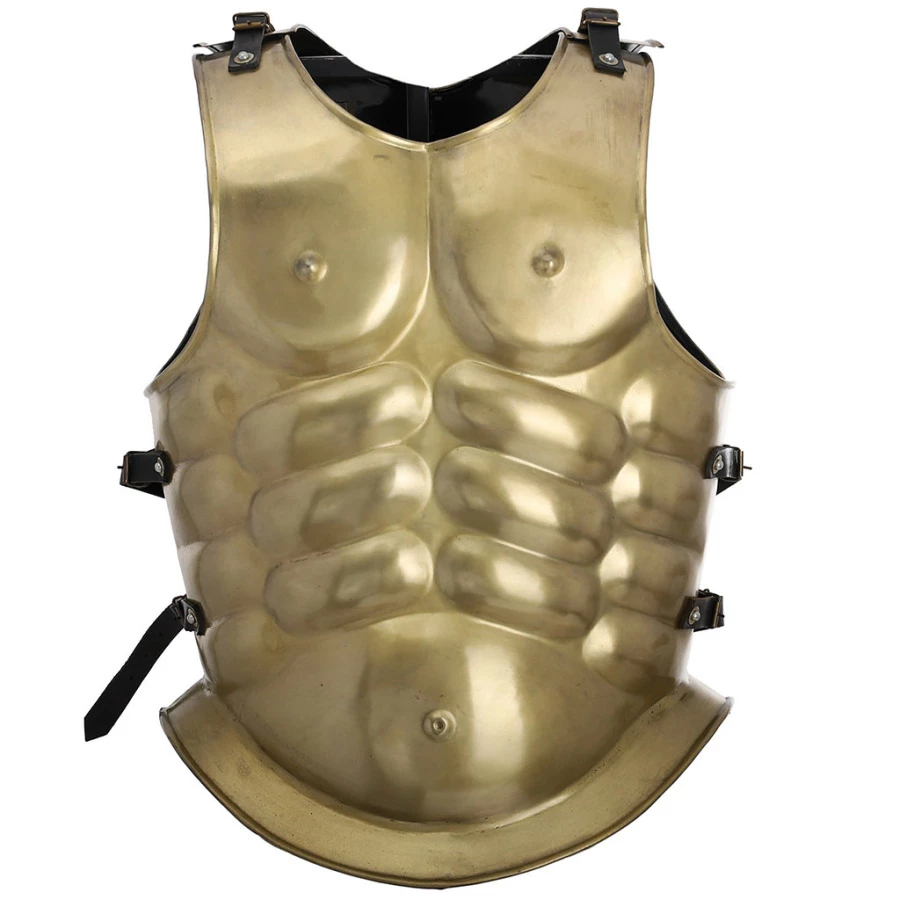
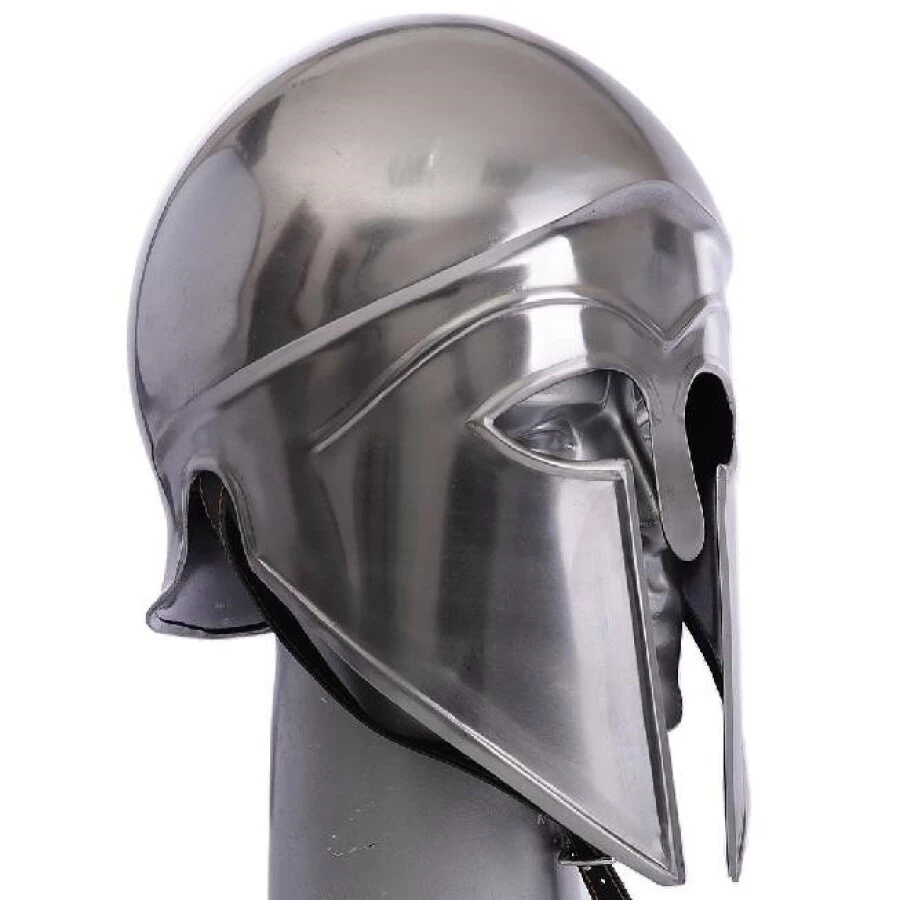
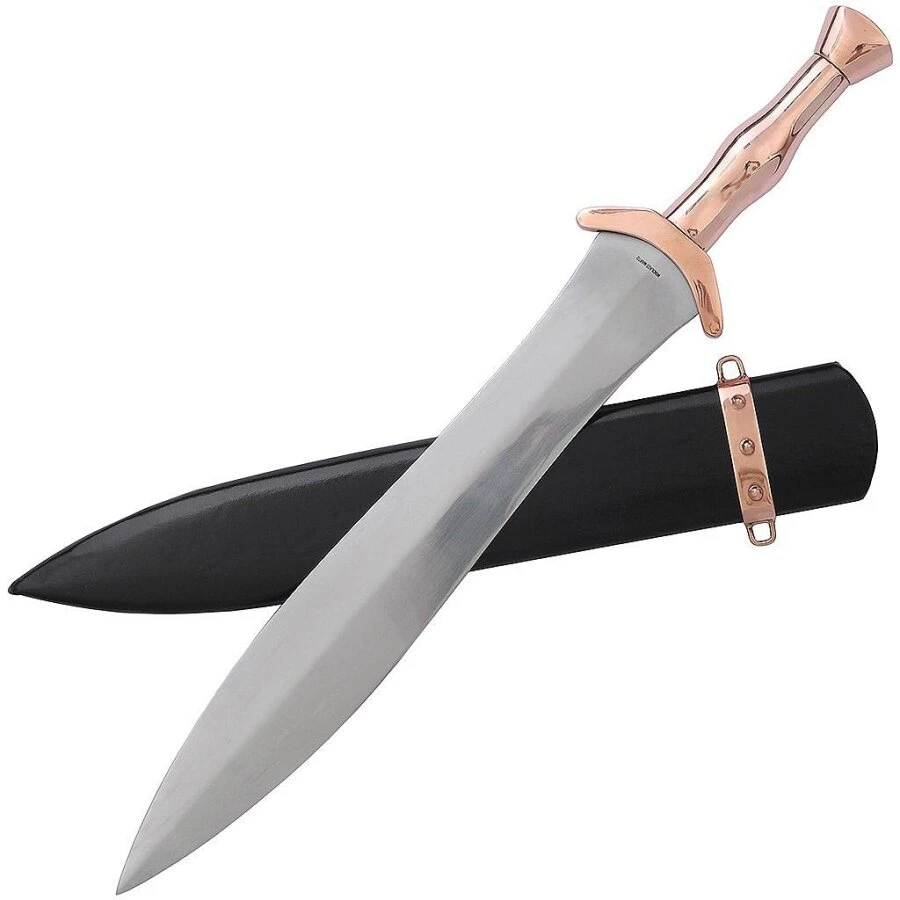
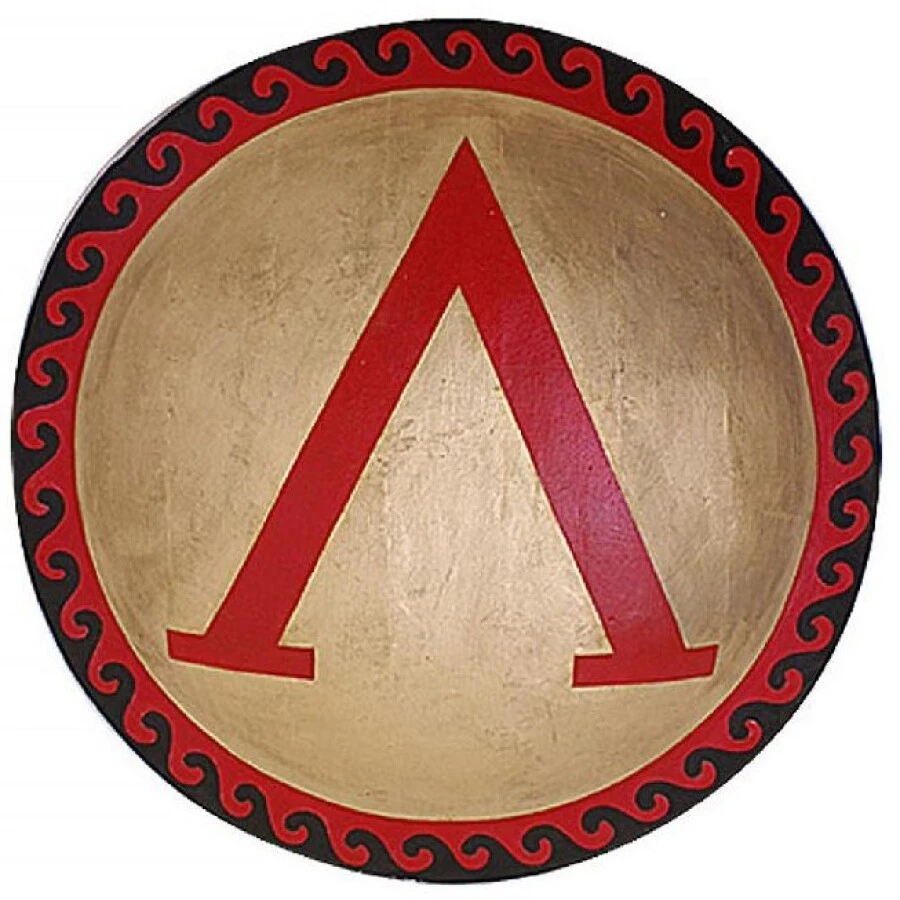
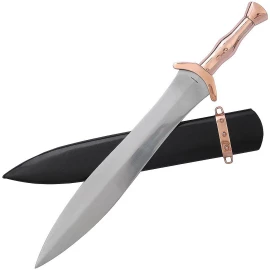
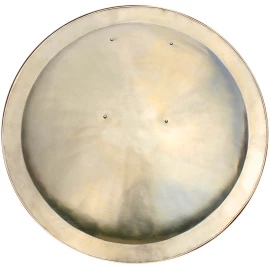
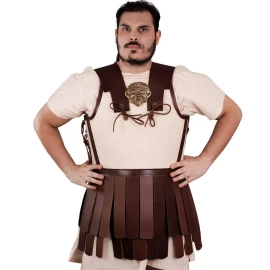
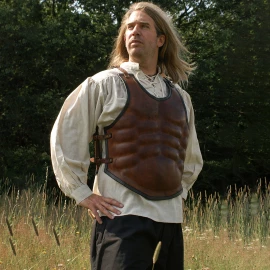
Comments